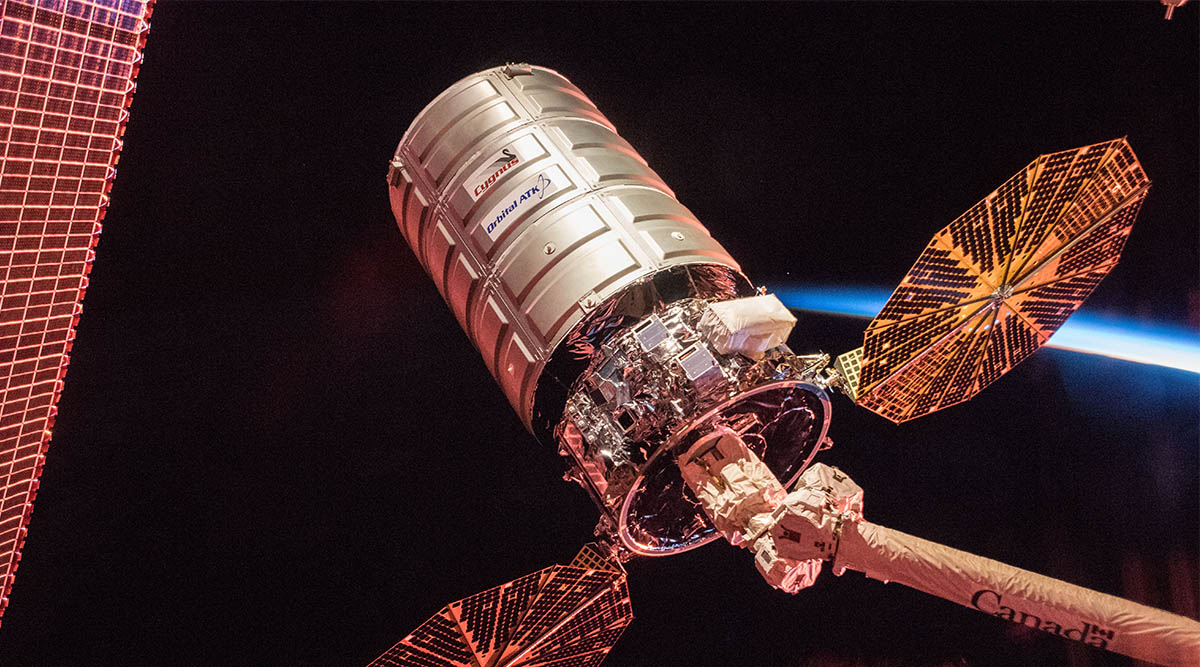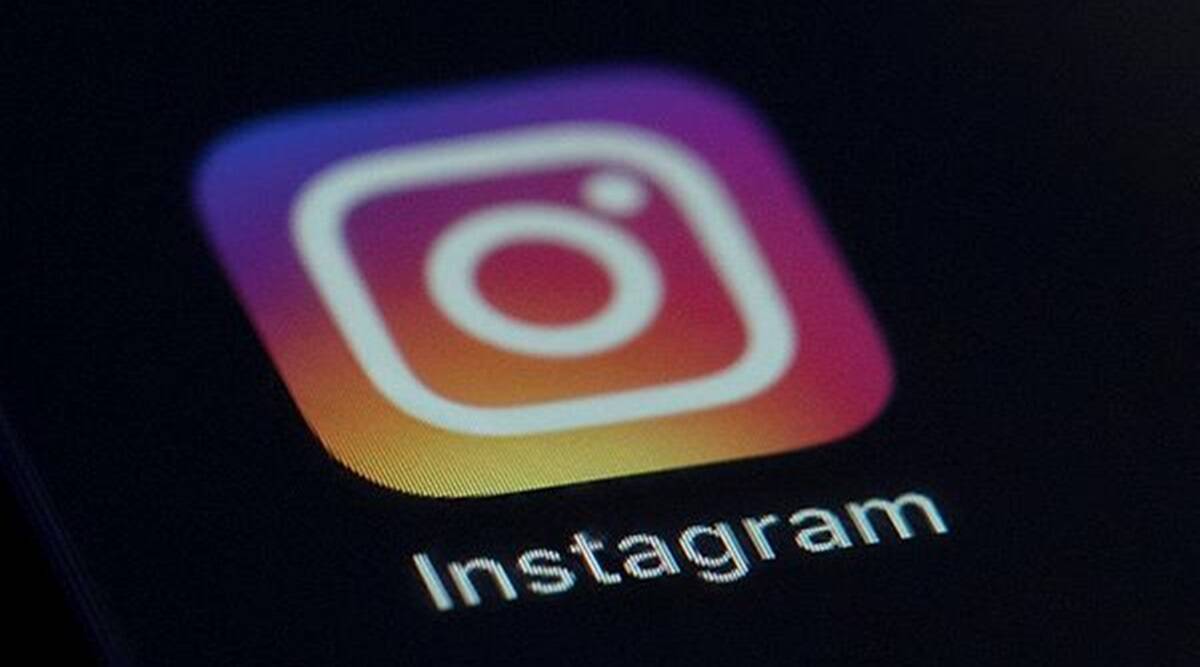A Northrop Grumman rocket successfully launched on November 7, carrying a Cygnus cargo spacecraft dubbed S.S Sally Ride into orbit. But after successfully entering orbit, the spacecraft carrying more than 3,700 kilograms of cargo meant for the International Space Station could only deploy one of its two solar arrays. NASA says it will attempt to dock with the space station without deploying the other solar array.
After initial attempts to deploy the second array failed, NASA and Northrop Grumman took the decision to not deploy it. “Cygnus has sufficient power to rendezvous with the space station Wednesday, November 9. Northrop Grumman is working closely with NASA to monitor and assess the spacecraft ahead of tomorrow’s planned arrival, capture, and installation at the space station,” said NASA in a press statement.
Teams at the space agency and the private aerospace company are now working together to understand why the second array did not get deployed as planned. They will be closely monitoring the spacecraft before its arrival, capture and installation at the space station. Additional inspections of the Cygnus spacecraft will be conducted after capture.
Cygnus cargo
The cargo ship is loaded with over 3.7 metric tons of research materials, crew supplies and hardware. Chief among the research investigations carried by Cygnus is a BioFabrication Facility (BFF) that is designed to print organ-like human tissue in the space station’s microgravity environment.
For a long time, scientists and medical professionals around the world have been working towards using biological 3D printers to manufacture usable human organs that can be used for transplants. But printing the minuscule structures found inside human organs has proven to be difficult with Earth’s gravity.
According to NASA, the BFF onboard Cygnus could act as a “stepping stone in a long-term plan to manufacture whole human organs in space using refined biological 3D printing techniques.”
Apart from the BFF, the Cygnus spacecraft is carrying studies to better understand mudflows after wildfires, the influence of microgravity on ovarian cells, and an experiment to see whether space-grown plants can adapt to microgravity and pass on these capabilities to their seeds. It is also carrying Uganda’s and Zimbabwe’s first satellites.
!function(f,b,e,v,n,t,s)
{if(f.fbq)return;n=f.fbq=function(){n.callMethod?
n.callMethod.apply(n,arguments):n.queue.push(arguments)};
if(!f._fbq)f._fbq=n;n.push=n;n.loaded=!0;n.version=’2.0′;
n.queue=[];t=b.createElement(e);t.async=!0;
t.src=v;s=b.getElementsByTagName(e)[0];
s.parentNode.insertBefore(t,s)}(window, document,’script’,
‘https://connect.facebook.net/en_US/fbevents.js’);
fbq(‘init’, ‘444470064056909’);
fbq(‘track’, ‘PageView’);






